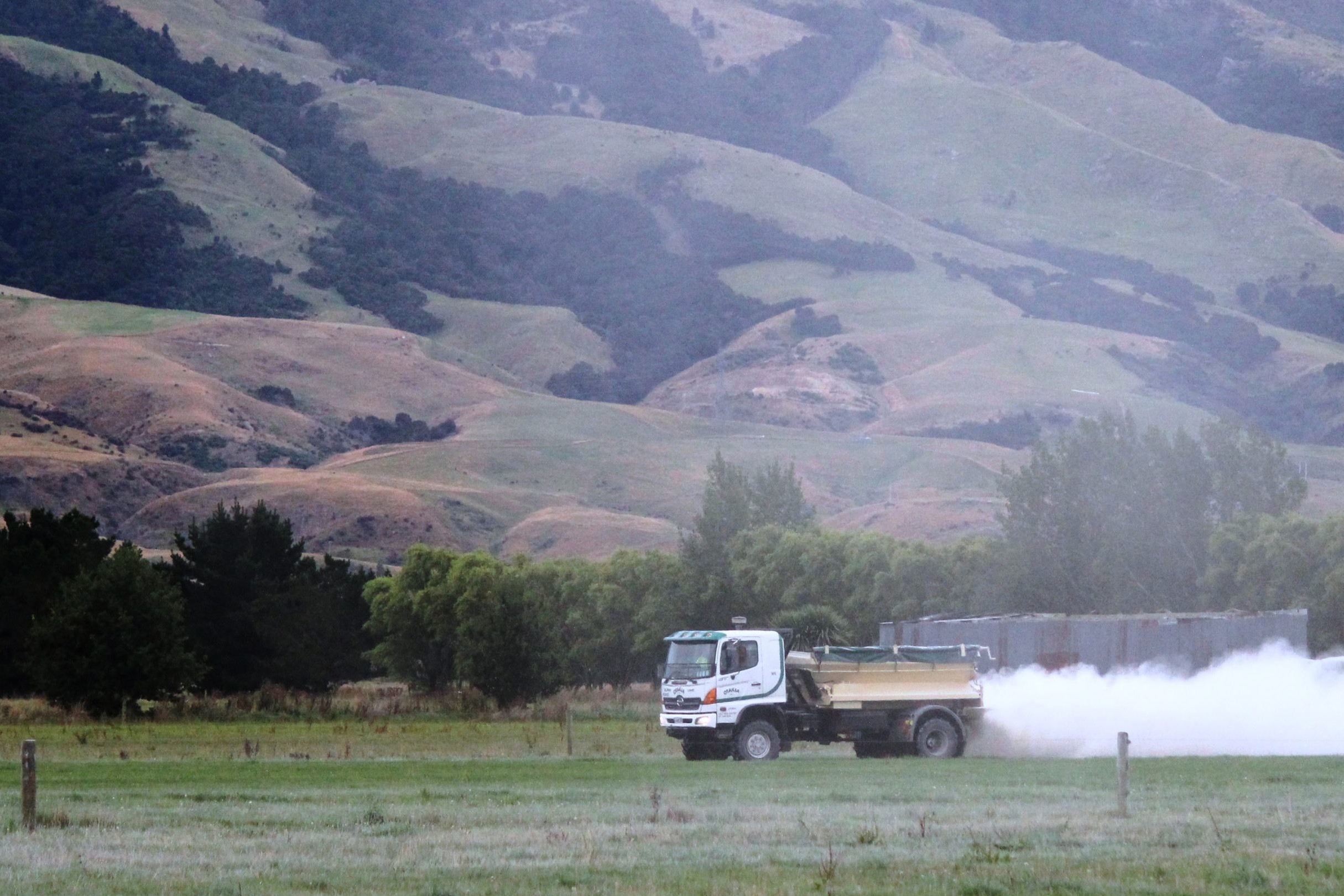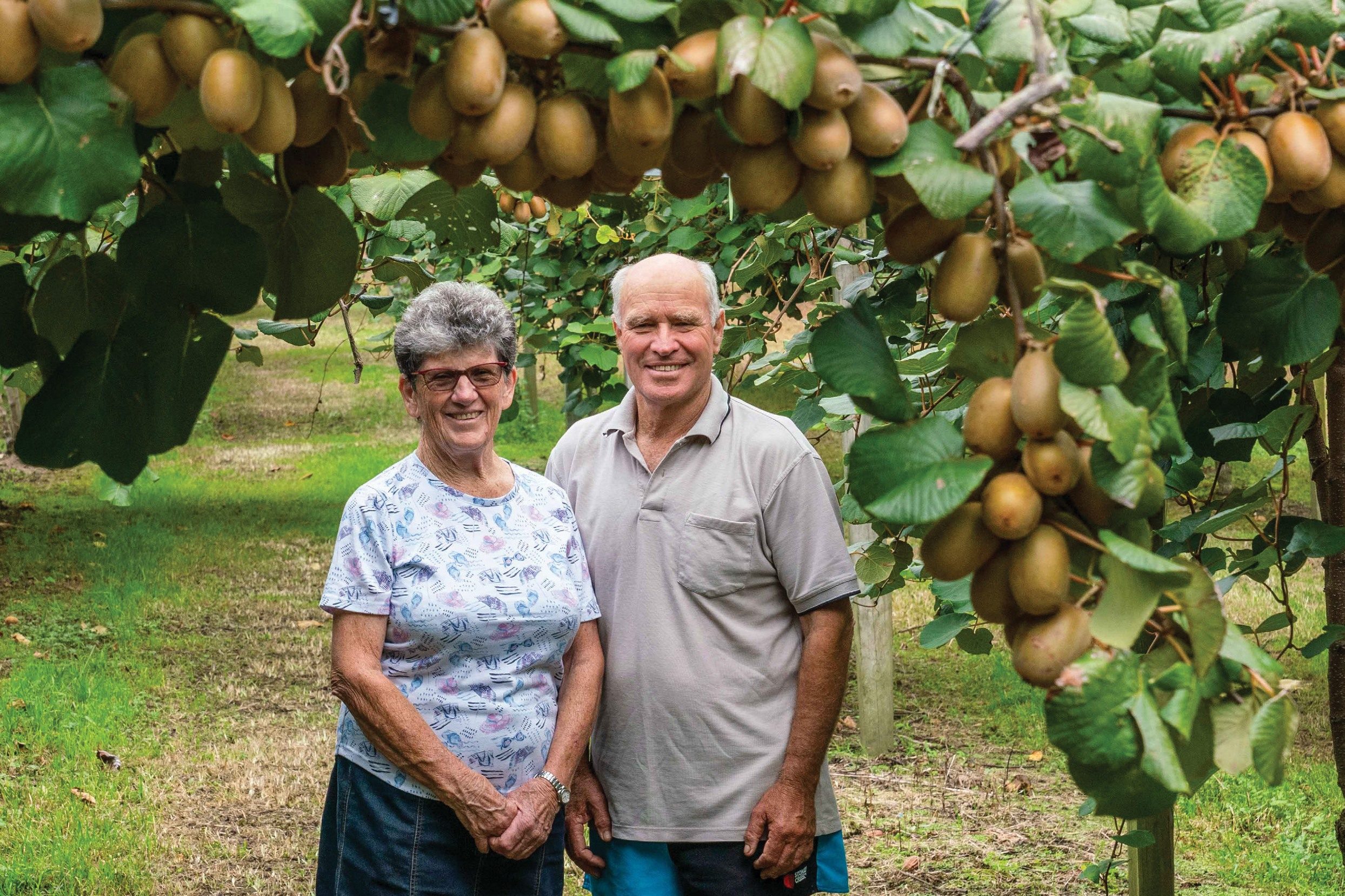New technologies are under development for measuring grass and biomass in the field. Jackie Harrigan reports.
A session on measuring grass and biomass at the recent Grassland Association Conference highlighted some new technologies for measuring and highlighted the problems in capturing robust, repeatable and timely data.
AgResearch senior scientist Warren King introduced the session saying you can’t monitor what you can’t measure. While many farmers are doing a good job of measuring their pastures manually, it is time-consuming and a ‘killer App’ one-stop shop approach would be the ideal way of capturing the data, he said.
Photogrammetry
The technology:
Photogrammetry has been used for decades in surveying, and at its most simple, needs two cameras and the ability to look down on the pasture. Photogrammetry from moving platforms – ie a centre pivot using the new “structure from motion” method – could be a cost-effective and efficient way for farmers to measure pasture biomass with cheaper and more readily available digital cameras rather than optical sensors. The cameras would be easier to operate than UAVs or remotely piloted aircraft systems. Structure-from-motion is a new passive method that uses a computer vision technology to take overlapping 2D images.
Armin Werner from Lincoln Agritech outlined a trial carried out on the Lincoln Dairy Farm with a rig mimicking collection of images from a centre pivot, to prove the concept and to compare with measurements taken with a rising platemeter and active optical reflectance sensors assessing the Normalised Difference Vegetative Index (NDVI). Actual biomass measurements were also recorded.
Findings:
There was a strong linear relationship between the photogrammetry derived pasture height and actual biomass and between the rising platemeter measurements and actual biomass, but the relationship between NDVI and actual biomass was weaker, Werner reported.
Photogrammetry could be an efficient way to measure pasture biomass with a accuracy comparable to using a rising platemeter, and cameras mounted onto the pivot would make measuring much less labour intensive, but further work will be undertaken to evaluate how different pasture compositions, cultivars and ages affect the pasture biomass estimates.
The App: Canopeo
Jose Jauregui from Santa Fe, Argentina, compared data on the percentage of green canopy cover (% GCC) using the recently developed image analysis app (developed at Oklahoma State University). The trial compared GCC with crop biomass, light interception and NDVI measurements.
The technology:
Canopeo is an image-analysis tool which uses colour values in the red-green-blue (RGB) system to determine the % GCC. Jauregui explored using Canopeo on lucerne and five winter annual forage crops.
Findings:
Good correlations between % GCC and NDVI and crop biomass were found and the technology was very robust to estimate biomass, Jauregui said. However the app gets overwhelmed at biomass over three tonnes drymatter and doesn’t distinguish between crops and weeds. Also the measurements need to be taken when the sun is overhead between 10am and 2pm.
While more evaluation is required to assess the accuracy in a wider range of settings, the app could be used by farmers and farm advisers to estimate pre and post-grazing biomass of several winter annual forage crops and lucerne once calibration and use parameters are standardised.
Regular pasture availability assessment is a time-consuming task, and one that farmers would love to automate. Mark Neal from Dairy NZ covered off results from a trial that combined satellite sensing of pasture mass (with the LIC SPACE system) with GPS collars on cows.
The trial sought to investigate whether data from collars on cows could fill in the gaps in satellite coverage in a cloudy period, by inferring pasture growth rates in the individual paddocks. A subset of 13 cows in a 380cow herd on a Waikato farm wore monitoring collars from October 2018 to February 2019, and data was collected 16 times/hour. Satellite sensing of pasture cover was only possible on 16 of the 123 days, due to cloud cover.
The technology:
Two types of GPS devices were tested, ‘digitAnimal’ and ‘Digital Matter Oyster’ attached to commercially available weighted cattle collars. The cow location data collected measuring daily grazing intensity was used in a non-linear regression model which when calibrated to the incomplete satellite measurements allow interpolation of the daily pasture cover in 49 paddocks over the whole period.
Findings:
Neal said the study successfully demonstrated the potential of their approach to provide continuous, detailed and accurate pasture information for farmers to optimise grazing management and feed planning.
”The approach shows cost effective collection of paddock by paddock grazing data and pasture growth rates with collars on 3-5% of the cows and the model-based estimates are good enough to support farmer decisions.”
Inferring between paddocks could also be useful for cropping and regrassing decisions and paddock specific grazing management.
Remote sensing of pasture height
The Farmote is a stationary sensing device, set up in a paddock to capture pasture measurements and soil conditions which can then be cross referenced with multi-spectral images taken by satellites to provide whole paddock estimations of biomass. The units will be commercially available in April 2020.
The study investigated the accuracy of the Farmote compared with a rising platemeter and then assessed the device on a pure perennial ryegrass/white clover at a research farm and on a commercial dairy farm.
The technology:
Farmote devices contain six depth sensors, located at the top of a pole transmitting invisible NIR and measuring its time of flight after it reflects off objects.
The motes take measurements of pasture height each night and the solar powered system allow data to be transmitted via radio to an accessible web portal. The data can be correlated to biomass and a calibration equation used to provide an estimate of pasture dry matter. It also has the potential to measure soil and atmospheric conditions and accommodate seasonal adjustments to improve the accuracy of the calibration and the yield calculations.
The findings:
The trial at the research station had a very high level of accuracy, at the farm there were operational issues that led to lower accuracy levels, but researcher Andrew Milsom said overall the data showed the Farmotes showed a similar accuracy to a rising plate meter.
The units are easy to use, can be fixed in position and left, with savings for both time and labour, and the ease of receiving a simple, current feed wedge on a web portal is a useful service for pasture manager, he said.
The devices are still being tested and issues regarding stability and functionality being rectified.
Further work is required to develop a series of calibrations to account for0[pasture type, temporal changes and environmental effects.
An added advantage is the devices are upgradeable with moisture and temperature probes planned and cost is estimated to be around $750 per unit.
How many devices would be needed to cover a whole farm? Milsom answered the question, saying they wouldn’t cover a whole property but would be used as calibrations for the satellite imagery.
Use of lidar scanning for yield measurement
For plant breeders the cutting and drying measurement required for selecting for yield of pasture varieties is laborious, scale-limiting and destructive and ultimately a bottleneck in R&D, reported AgResearch’s Kioumars Ghamkhar.
He investigated the use of LiDAR scanning (light detection and ranging), an accurate real-time tool which sends and receives laser signals and uses algorithms to measure forage yield.
The technology:
The LiDAR unit was mounted on top of a self-propelled vehicle and was evaluated in the Waikato on perennial ryegrass paired-row breeding plots at eight timepoints. All plots were scanned prior to mechanical defoliation and recording of freshweight and drymatter yield on a random subset of plots. The yield data in 1206 fresh weight and 504 drymatter samples were compared with the LiDAR scanned results on a season al basis by regression.
The findings:
The trial estimated fresh weight of biomass with very high accuracy and dry matter yield with high accuracy although the LiDAR volume (LV) varied with a seasonal interaction, as it was shown to be sensitive to large changes in drymatter content between the seasons, which Ghamkhar reported may require seasonal algorithms to correct for the variation.
The high levels of accuracy suggested the LiDAR sensor could be useful for agronomy and farm management applications where accurate, real-time and non-destructive assessment of pasture mass is of value.





